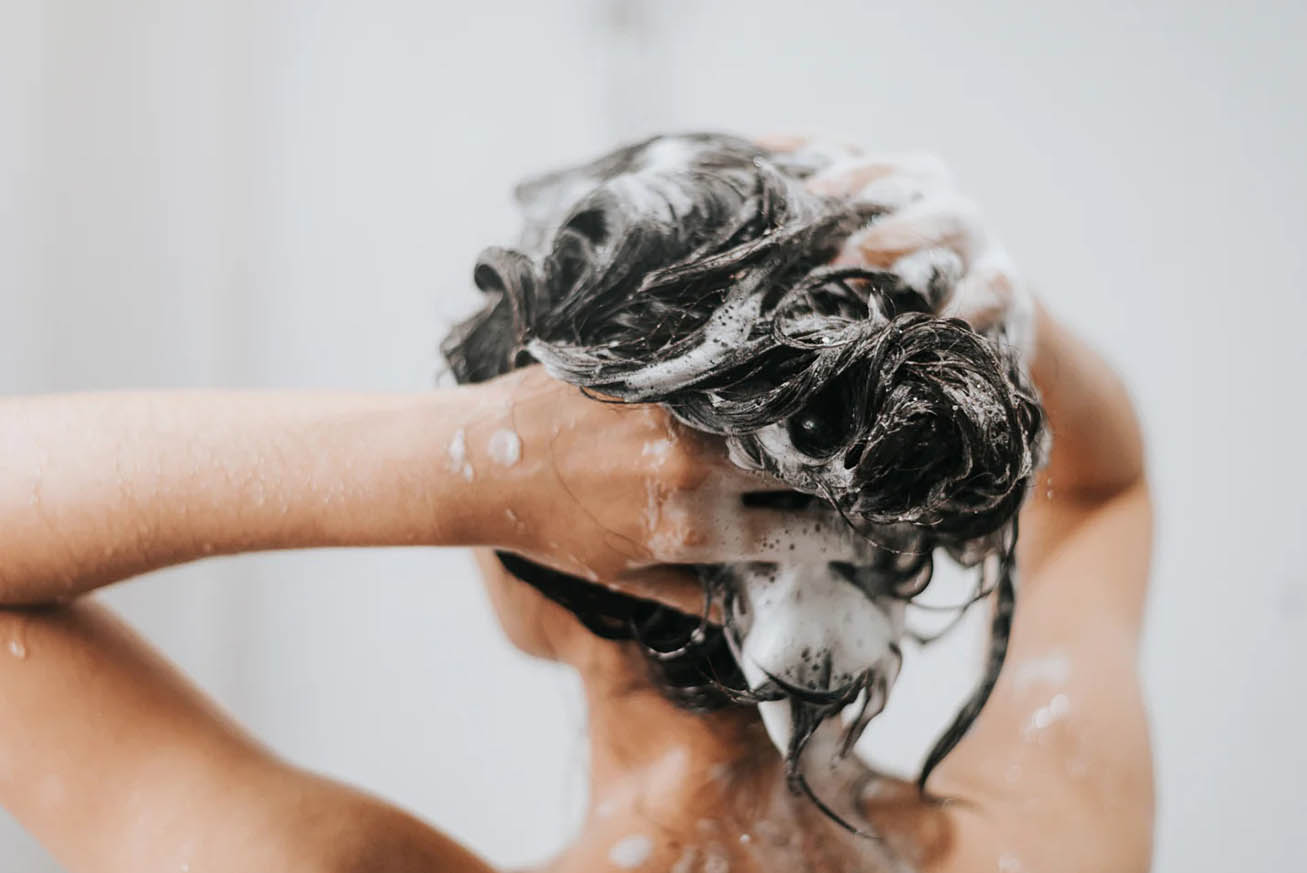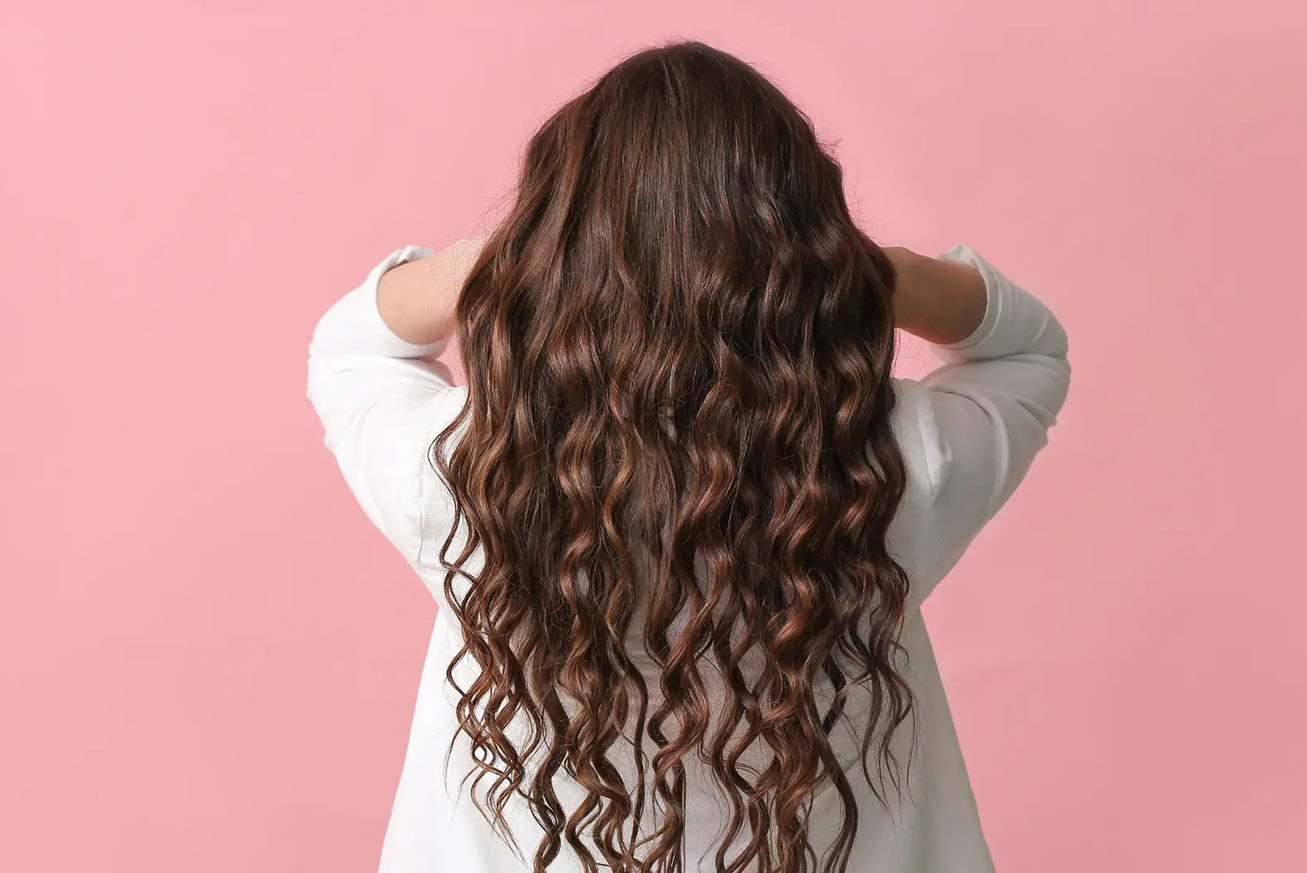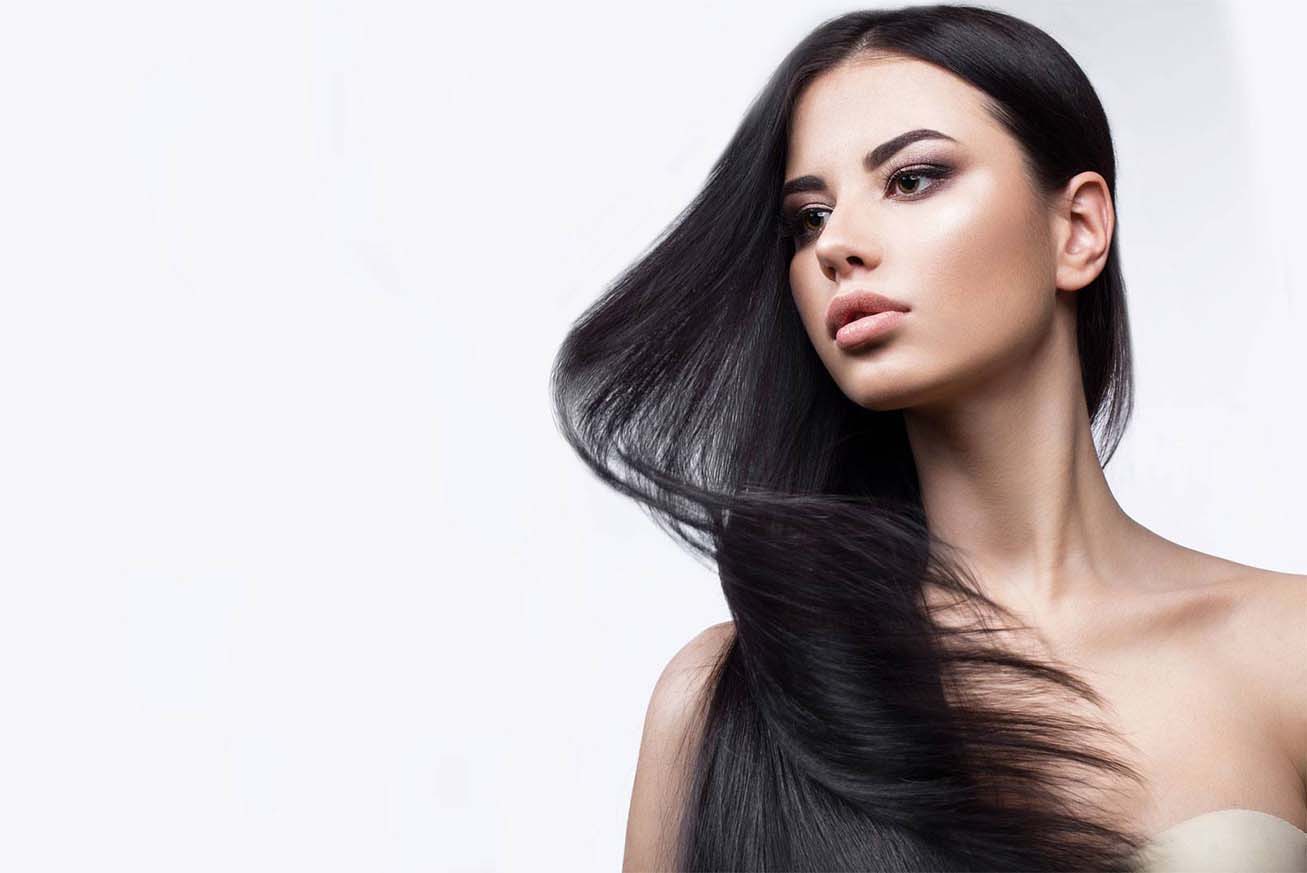Having beautiful hair is a pursuit for many, and maintaining healthy and stunning locks goes beyond just a great haircut and high-end products. Proper daily hair care, especially the way you use shampoo, plays a crucial role in achieving and preserving gorgeous hair. We will explore valuable tips for using shampoo effectively, including the importance of hairstyle, washing frequency, avoiding excessive hot water, correct shampoo application, additional use of conditioner, the importance of variety, protecting hair from heat, and the need for patience. With these tips, you can achieve radiant and healthy hair that truly dazzles.
1. The Importance of Hairstyle
Your hairstyle is not only a reflection of your personality and style but also impacts the type of shampoo you should choose. Before selecting a shampoo, it’s crucial to understand your hairstyle and hair type. Different hairstyles and hair textures require different care approaches. For instance, curly hair and straight hair have distinct needs when it comes to shampoo. Curly hair often requires more moisture and repair, while straight hair might need a focus on freshness and oil control. Therefore, choosing a shampoo that suits your hairstyle and hair type is essential.
How Hairstyle Affects Your Shampoo Choice:
- Curly Hair: Curly hair tends to be drier and more prone to frizz, so it benefits from shampoos that offer extra moisture and repair. Look for products containing natural oils and proteins to help maintain your curls’ hydration and elasticity.
- Straight Hair: Straight hair usually needs a shampoo that cleanses and controls oil. A fresh, clarifying shampoo can help remove excess oil while keeping the hair smooth and shiny.
- Fine and Coarse Hair: Fine hair can get oily quickly and may require a lighter shampoo, while coarse hair often needs more moisturizing products.
2. Washing Frequency
The frequency of washing your hair varies based on your hair type and lifestyle. Washing your hair too often can strip away natural oils, while not washing it enough can lead to a buildup of dirt and grease. Finding the right washing frequency is crucial for maintaining healthy hair.
Recommendations for Washing Frequency:
- Oily Hair: If your hair gets oily quickly, washing it daily or every other day can help remove excess oil and keep it feeling fresh.
- Dry Hair: For dry hair, washing two to three times a week is usually sufficient. This helps prevent stripping away the natural oils that keep your hair hydrated.
- Normal Hair: For normal hair, washing three to four times a week is typically ideal. Adjust based on personal habits and needs.
3. Avoid Excessive Hot Water
Using very hot water to wash your hair can lead to dryness and damage. Hot water can open the hair cuticles, causing the hair to lose moisture and become brittle and frizzy. Therefore, it is recommended to use lukewarm or slightly cool water for washing your hair to protect its health.
Water Temperature Tips:
- Lukewarm Water: Washing your hair with lukewarm water helps to clean effectively without causing excessive damage. It opens the pores gently, helping to remove dirt and excess oil.
- Cool Rinse: Using cool water for the final rinse can help close the hair cuticles, making the hair smoother and shinier.
4. Correct Use of Shampoo
Proper shampoo application is key to effective hair care. Many people might simply apply shampoo to their hair and rinse it off quickly, which might not clean the hair thoroughly or maximize the benefits of the shampoo. Here’s how to use shampoo correctly:
Correct Shampoo Application Methods:
- Thoroughly Wet Hair: Before applying shampoo, ensure that your hair is thoroughly wet. This helps the shampoo lather better and clean more effectively.
- Use the Right Amount: Use an appropriate amount of shampoo based on your hair length and density. Typically, one to two pumps of shampoo are sufficient; using more doesn’t necessarily mean better results.
- Gentle Massage: Use your fingertips to gently massage your scalp, promoting blood circulation and helping the shampoo work better. Avoid using your nails, as they can damage the scalp.
- Rinse Thoroughly: Make sure to rinse out all the shampoo completely to avoid residue that can cause irritation or dryness.
5. Additional Use of Conditioner
Conditioner is an essential step following shampooing, as it helps repair and moisturize the hair, enhancing its shine and softness. Using conditioner not only makes the hair smoother but also reduces static and frizz.
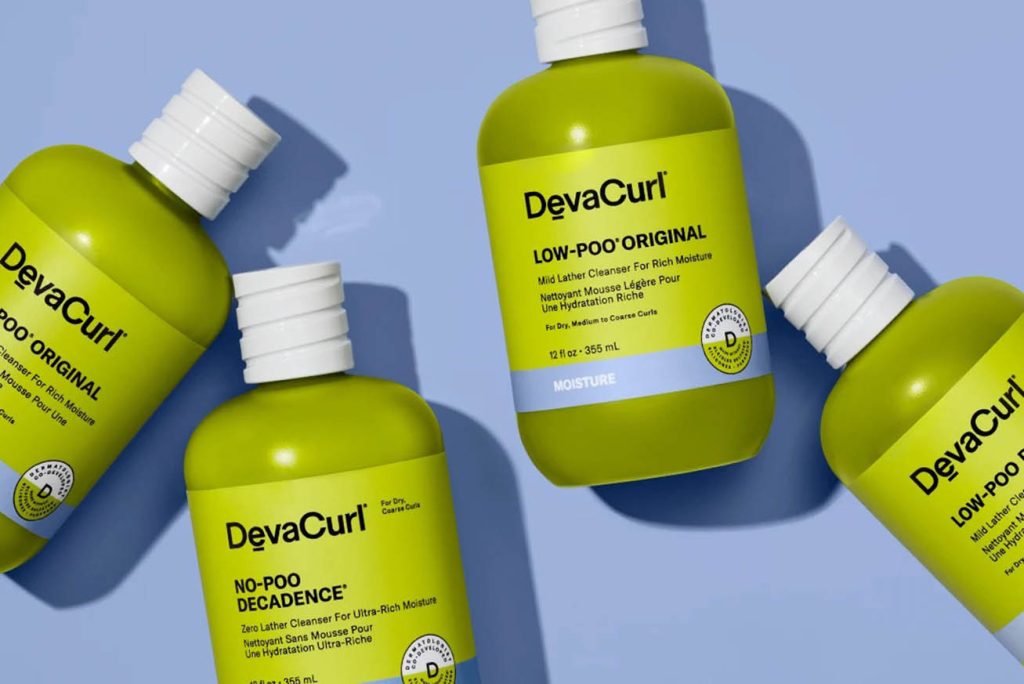
Recommendations for Using Conditioner:
- Choose the Right Conditioner: Select a conditioner that matches your hair type. For dry hair, opt for a moisturizing conditioner; for oily hair, choose a lightweight formula.
- Apply Evenly: Apply conditioner evenlyto the ends and mid-lengths of your hair, avoiding direct application to the scalp to prevent excess oil.
- Leave-In Time: Follow the instructions on the conditioner’s packaging and leave it on for a few minutes before rinsing for the best results.
6. Variety is Key
Hair care should not be limited to just one product or method. Using a variety of shampoos and conditioners can provide comprehensive care and prevent issues associated with over-reliance on a single product.
Benefits of Product Variety:
- Prevents Dependence: Using the same product for a long time may lead to your hair becoming dependent on it, reducing its effectiveness over time. Rotating products can help prevent this issue.
- Comprehensive Care: Different products may offer various benefits, such as repair, hydration, or dandruff control. Using a range of products can address multiple hair needs.
7. Protect Your Hair from Heat
Heat can cause significant damage to your hair, including dryness, breakage, and loss of shine. Therefore, protecting your hair from high temperatures is crucial, especially for those who frequently use blow dryers, flat irons, or curling wands.
Tips for Protecting Hair from Heat:
- Use Heat Protectant Sprays: Before using heat styling tools, apply a heat protectant spray to minimize heat damage. These sprays form a protective layer on your hair, reducing direct heat exposure.
- Adjust Temperature Settings: Avoid using the highest temperature settings on heat tools. Opt for moderate temperatures to lessen the impact on your hair.
- Reduce Heat Tool Usage: Limit the frequency of heat styling to give your hair time to recover and repair.
8. Be Patient
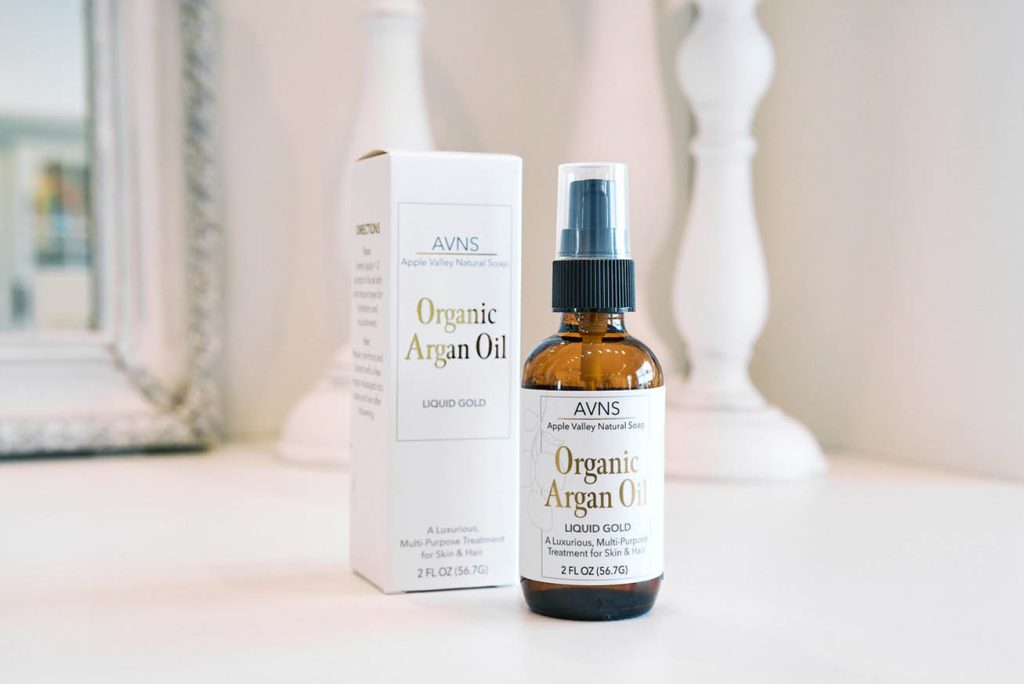
Hair care is a long-term process, and results are not immediate. Consistent care and patience are necessary to see noticeable improvements in your hair’s health and appearance.
Tips for Cultivating Patience:
- Stick to a Routine: Regularly use suitable shampoos and conditioners to gradually improve your hair’s condition.
- Adjust as Needed: Adapt your hair care routine based on changes in your hair’s condition or seasonal variations.
- Consider Lifestyle Factors: Maintain a healthy lifestyle with a balanced diet and adequate sleep to support overall hair health.
Recommended Brands
- Aveda Shampure Shampoo: Known for its natural plant-based ingredients, this shampoo offers deep cleaning while being gentle on the scalp, making it ideal for daily use.
- Kérastase Nutritive Bain Satin 2 Shampoo: Designed for dry and fragile hair, this shampoo provides intense moisture and repair, leaving hair soft and shiny.
By applying these essential shampoo tips, you can effectively care for your hair and maintain its health and beauty. We hope these suggestions and brand recommendations help you create a hair care routine that ensures your hair always looks its best.
